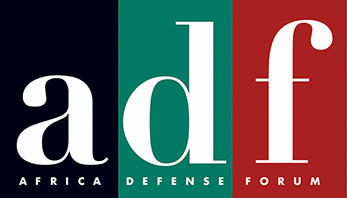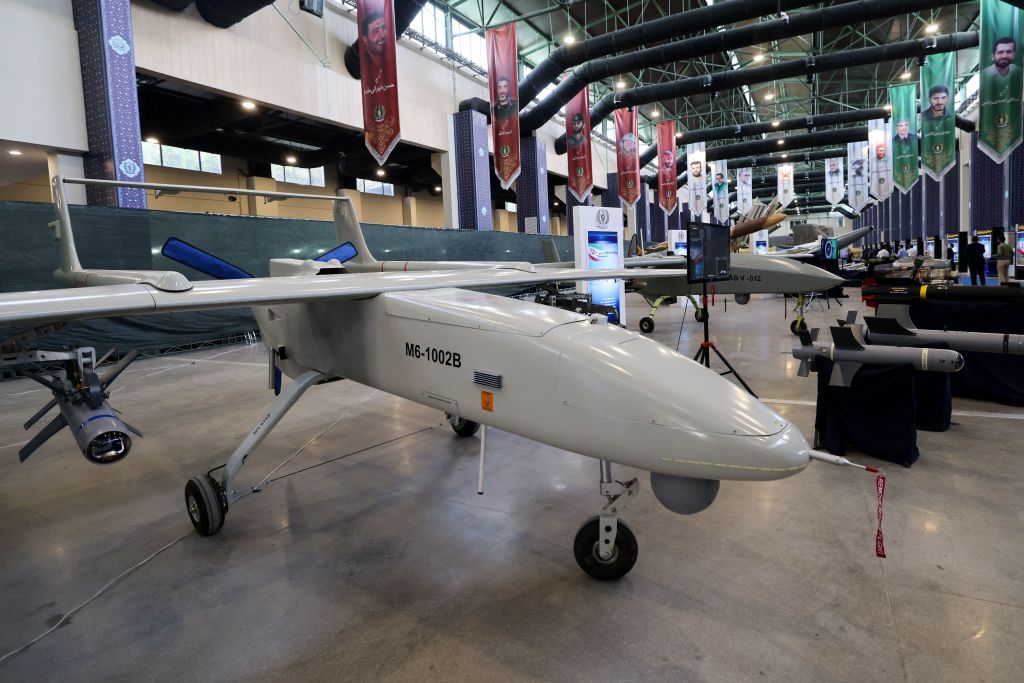SAF’s Use of Iranian Drones Threatens to Destabilize Region
ADF STAFF
The images of a wrecked unmanned aerial vehicle that Sudan’s Rapid Support Forces (RSF) posted to its social media channels in late January confirmed what many observers have suspected: Iran is supplying weaponized drones to the Sudanese Armed Forces (SAF).
Through images posted online by the RSF, experts were able to identify the vehicle as an Iranian-made Mohajer-6 combat drone. The RSF said on X, formerly Twitter, that it had shot down three such drones recently.
The Mohajer-6 can carry up to four air-to-surface missiles along with surveillance equipment. It has a maximum speed of 200 kilometers per hour.
Satellite images released in early January by Planet Labs Inc. show Mohajer-6 drones and a ground-control vehicle on the runway at Wadi Sayyidna air base about 22 kilometers north of the capital, Khartoum.
The revelation was the latest escalation in the continuing struggle for control of Sudan between the RSF, led by Gen. Mohamed Hamdan “Hemedti” Dagalo, and the SAF led by Gen. Abdel Fattah al-Burhan. The conflict has killed tens of thousands of people, displaced 11 million, destroyed communities in Darfur and heavily damaged the region around Khartoum.
Both sides regularly use drones for surveillance. The SAF has posted videos recently that have been shared on X showing attacks on RSF positions from kamikaze drones and from drones dropping mortars on RSF fighters. It was unclear whether the drones in the videos were Iranian made.
The RSF, in turn, uses its own drones to surveil and attack SAF forces, along with surface-to-air missiles capable of shooting down drones and other aircraft.
Officials visited Iran in December seeking deadlier drone technology to help the SAF regain ground lost to the RSF, which now controls much of Darfur and southern Sudan, including key agricultural land in El Gezira State. The SAF, which operates largely out of Port Sudan, controls the Nile River corridor and eastern provinces, including the Red Sea coast.
The presence of Mohajer-6 and similar drones is a reminder that the SAF continues to rely on aerial attacks and heavy weaponry against the RSF, whose fighters served as the SAF’s ground forces under deposed dictator Omar al-Bashir. RSF fighters have taken up positions in residential buildings and hospitals, resulting in large-scale damage and loss of life from SAF attacks against them.
The Sudan War Monitor confirmed the arrival of Iranian cargo planes in Sudan in late January. A few days later, Sudanese officials on behalf of the SAF were back in Iran negotiating to restore diplomatic ties after a seven-year break.
Analysts with the Sudan War Monitor say Iran’s involvement on the SAF’s side threatens to turn Sudan’s internal conflict into a proxy war between Iran and the United Arab Emirates, which has supplied weapons and other material to the RSF in exchange for gold smuggled out of Darfur.
Across the Red Sea, in Yemen, Iran has supplied drones to the Houthi rebels for attacks against the UAE and Saudi Arabia. Observers worry that Iran’s drone sales will give it a foothold in Sudan from which it can influence other countries in Northern and Central Africa.
Writing in Medium, analyst Ira Sahani suggested that the addition of Iranian drones could tip the conflict in the SAF’s favor.
“The introduction of Iranian drones adds a layer of complexity to an already intricate conflict,” Sahani wrote. “The use of advanced weaponry in a civil war not only escalates the violence but also raises concerns about the potential for regional destabilization.”


Comments are closed.